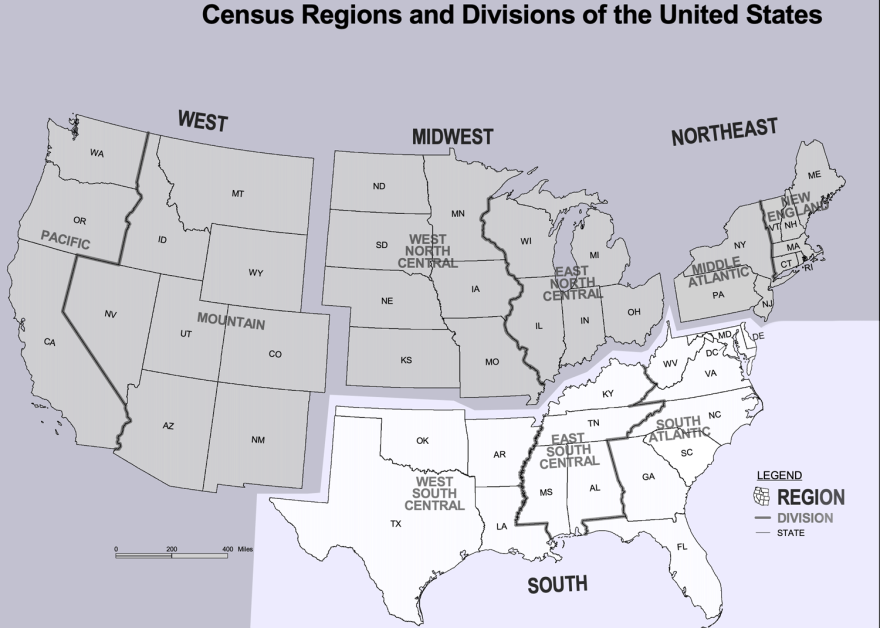South Carolina and Florida were the two fastest-growing states in the U.S., as the South dominated population gains in 2023, and the U.S. growth rate ticked upward slightly from the depths of the pandemic due to a drop in deaths, according to estimates released Tuesday by the U.S. Census Bureau.
The United States added 1.6 million people, of which more than two-thirds came from international migration. The half percent growth rate was a slight uptick from the 0.4% growth rate last year and the less than 2% increase in 2021.
The growth rate “is an uptick from the pandemic but still low by historical standards,” said William Frey, a demographer at The Brookings Institution.
Population gains or losses come from births outpacing deaths, or vice versa, and migration.
There were about 300,000 fewer deaths this year compared with a year earlier. That helped double the natural increase to more than 500,000 people in 2023. However, it was the 1.1 million immigrants who drove population gains in the U.S. this year, according to estimates that measure change from mid-2022 to mid-2023.
“Ultimately, fewer deaths paired with rebounding immigration resulted in the nation experiencing its largest population gain since 2018,” said Kristie Wilder, a Census Bureau demographer.
The vast majority of growth, 87%, came from the South, a region the Census Bureau defines as stretching from Texas to Maryland and Delaware.

South Carolina's population rose by more than 90,000 residents, resulting in a 1.7% growth rate that topped all other states. More than 90% of the growth came from domestic migration, or people moving from another U.S. state to South Carolina. Without domestic and international migration, the Palmetto State would have lost population in 2023 since there were almost 1,300 more deaths than births.
Florida had the next highest growth rate at 1.6%, adding more than 365,000 residents. That was also the second-highest growth in terms of raw numbers. Only Texas surpassed it, gaining more than 473,000 people.
Of the 50 states, New York had the biggest rate of population decline, losing 0.5%. It also recorded the largest decline in pure numbers, with a drop of almost 102,000 residents. It was a much smaller decline for the Empire State than last year's 180,000-person drop.
California was still the nation's most populous state, with 38.9 million residents, though it lost more than 75,000 residents this year. The decline was an improvement from the more than 113,000-person drop last year. Texas was the second most populous state with 30.5 million residents.
For the first time, Georgia, surpassed 11 million people in 2023, joining seven other states above that population threshold.
Copyright 2023 WMFE. To see more, visit WMFE.







